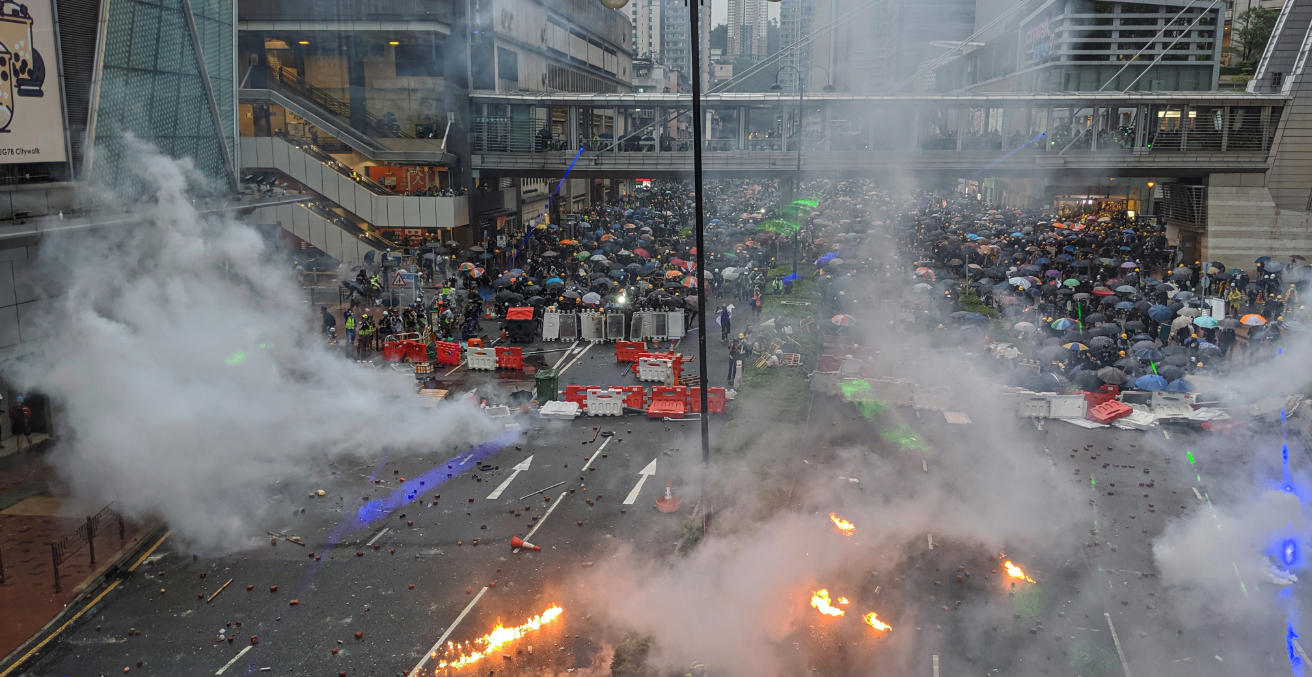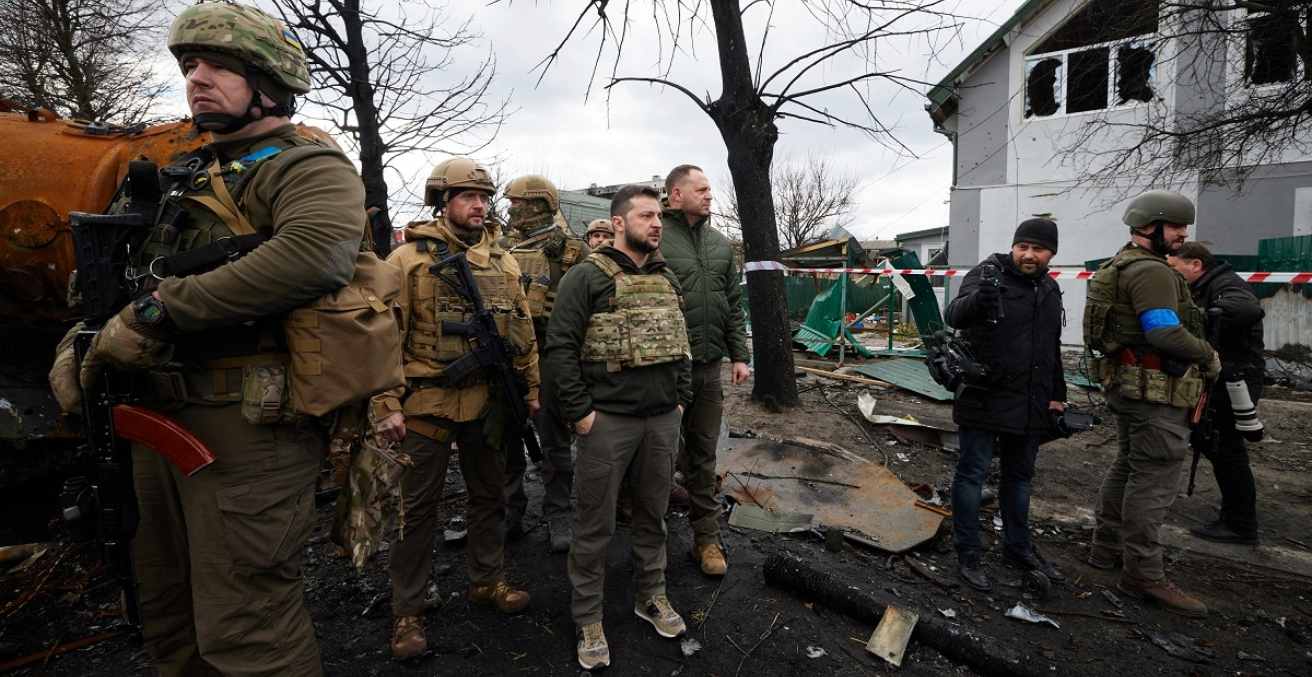Evan Mawdsley’s Supremacy at Sea is an engaging and fast moving account of the opening moves of the U.S. Navy’s Central Pacific offensive during the first half of 1944 and that offensive’s driving force, Task Force 58.
Evan Mawdsley’s Supremacy at Sea: Task Force 58 and the Central Pacific Victory is a thoroughly researched, well written, and fast moving account of the opening moves of Admiral Chester W. Nimitz’s Central Pacific offensive during the first half of 1944. As Mawdsley shows, those six months were crucial to the Allied defeat of Imperial Japan in World War II. Between January and June 1944, Nimitz’s forces conducted two very large amphibious operations to capture the Marshall and Mariana Islands and won a major victory at the Battle of the Philippine Sea. The US Navy’s Fifth Fleet, commanded by Admiral Raymond A. Spruance, executed these operations, but as Mawdsley recounts, the fast carrier task force, designated Task Force [TF] 58, was the offensive’s driving force.
TF 58 revolutionised the war at sea. Its mobility, striking power, and flexibility were unprecedented. Mawdsley charts its evolutionary lineage and thoroughly assesses its capabilities. He examines the carriers at the heart of TF 58, the planes they carried, the officers who commanded them, and their flexible organisation into subordinate task groups. Mawdsley’s narrative is refreshingly thorough; he identifies the supporting structures that enabled TF 58’s success. He describes the service squadrons that provided underway replenishment and mobile basing capabilities, the complementary strikes of long-range US Army Air Force aircraft, and the attacks of US Navy submarines, which destroyed Japanese troop convoys and fleet units.
The arc of Mawdsley’s narrative builds to a climax with his coverage of the Battle of the Philippine Sea. Here, Mawdsley is at his best. His account of the battle’s opening moves clearly explains the difficulties faced by Admiral Spruance as he weighed how to balance the need to cover the Fifth Fleet’s amphibious forces—and thereby ensure the continued success of the offensive—with Nimitz’s desire to win a major victory over the Imperial Japanese Fleet. As the battle unfolds, Mawdsley deftly describes the futility of the Japanese raids as they wasted themselves against the sophisticated air defence capabilities of TF 58. The Allied victory led to the capture of the Mariana Islands, triggered the collapse of the Japanese government, and provided bases from which B-29 bombers could attack Japan itself.
The most serious weakness of Mawdsley’s account is his difficulty tying the operations of TF 58 into a broader conception of Allied Pacific strategy. He reveals this weakness by contending that the Central Pacific campaign lasted “only six months,” from January to July 1944. That time period aligns with the initial employment of TF 58, which is the focus of Mawdsley’s narrative, but the campaign started earlier and ended later. As Clark G. Reynolds and Colonel Joseph H. Alexander, USMC (Ret.) both demonstrated, the Central Pacific campaign began with “a high-stakes gamble” that tested the new fast carrier task force in November 1943 with the capture of the Gilbert Islands. Contemporary sources agree; Admiral Ernest J. King, the US Navy’s Commander in Chief, listed the Gilberts as the campaign’s first operation in his official wartime report of 1 March 1944. Samuel Eliot Morison’s History of United States Naval Operations in World War II marks the start of the campaign at the same time.
The campaign continued well past July 1944. In September, after command of Nimitz’s Central Pacific forces had shifted to Admiral William F. Halsey, Jr., he led the capture of positions in the Palau group, including Peleliu, Angaur, and the strategically positioned Ulithi Atoll. This operation was part of Nimitz’s January 1944 Granite campaign plan, which Mawdsley cites. While an argument could be made that the Central Pacific campaign ended in October, when Nimitz’s offensive merged with that of General Douglas MacArthur, the commander of the Southwest Pacific Area, in the Philippines, most accounts consider that a temporary pause and argue that the campaign resumed in February 1945 with the assault on Iwo Jima.
Mawdsley notes several reasons why the Central Pacific campaign was so successful. However, he ascribes the bulk of that success to the “overwhelming strength and speed” of TF 58. In doing so, he ignores or downplays three other factors that were essential parts of Allied strategy. One of the most important was Nimitz’s campaign planning process. It was deliberately designed to take advantage of emerging opportunities. That allowed Nimitz to exploit a second factor: intelligence about Japanese forces and their dispositions. Nimitz used intelligence to determine where and when to strike, narrowing his major objective in the Marshalls to Kwajalein Atoll, advancing to Eniwetok before Japanese defences were ready, and attacking Tinian’s relatively undefended northwestern beaches. The third factor was the synergistic nature of MacArthur and Nimitz’s operations. The simultaneous advance along two axes—the Central and Southwest Pacific—as directed by the US Joint Chiefs of Staff, allowed MacArthur and Nimitz to “whipsaw” the Japanese, pulling their attention first in one direction and then the other. These three factors were essential to making TF 58 so effective; they were the context in which its strength and speed could prove overwhelming.
Even with this flawed analysis of Pacific strategy, Mawdsley’s account remains strong and persuasive. It is a useful and welcome examination of a crucial aspect of the Pacific War. The thorough attention that he devotes to TF 58 highlights its contributions and the US Navy’s innovative work in doctrine, tactics, and logistics that made it successful. Supremacy at Sea is best read in concert with other volumes that can address its deficiencies. However, for a focused work on the development and contributions of TF 58, Mawdsley has done well.
This is a review of: Supremacy at Sea: Task Force 58 and the Central Pacific Victory. By Evan Mawdsley. (Yale University Press, 2024). ISBN: 9780300283884
Trent Hone is a Vice President with ICF International and an award-winning naval historian. He is the author of Learning War: The Evolution of Fighting Doctrine in the U.S. Navy, 1898–1945 and Mastering the Art of Command: Admiral Chester W. Nimitz and Victory in the Pacific War.
This article is published under a Creative Commons License and may be republished with attribution.




